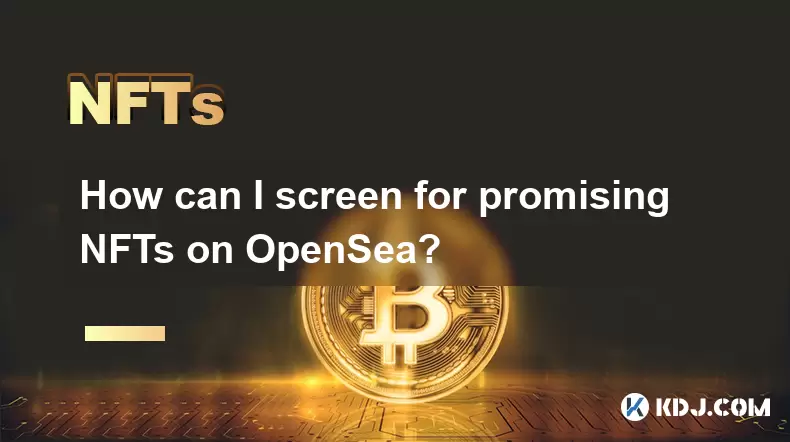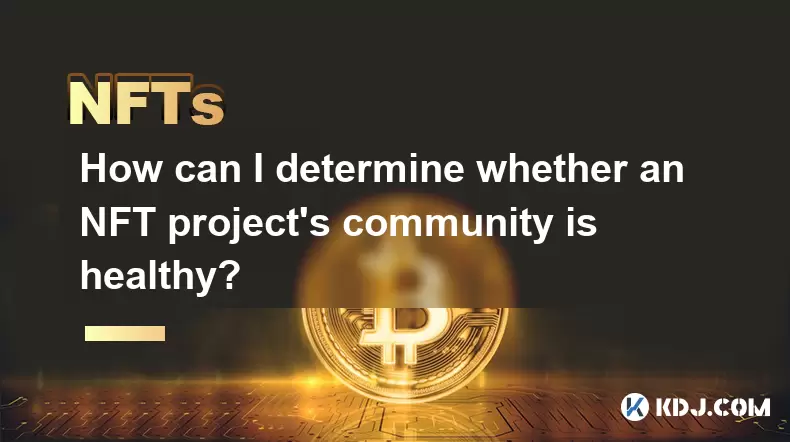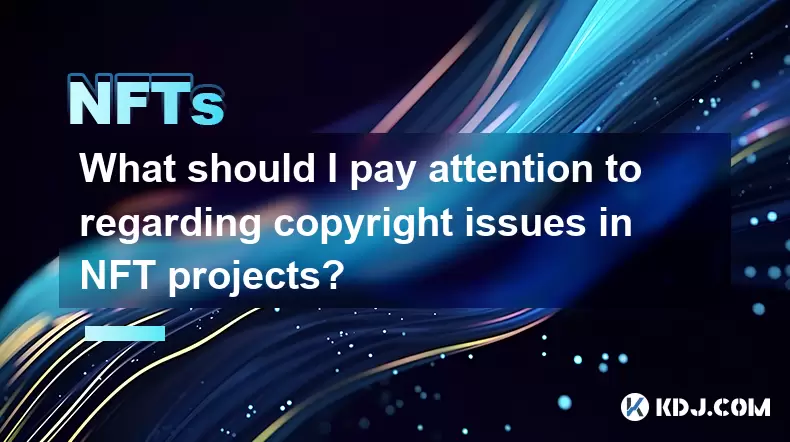-
 Bitcoin
Bitcoin $115100
1.27% -
 Ethereum
Ethereum $3675
2.71% -
 XRP
XRP $2.995
1.45% -
 Tether USDt
Tether USDt $1.000
0.02% -
 BNB
BNB $769.8
2.64% -
 Solana
Solana $168.0
3.25% -
 USDC
USDC $0.9999
-0.01% -
 TRON
TRON $0.3371
1.48% -
 Dogecoin
Dogecoin $0.2051
3.36% -
 Cardano
Cardano $0.7394
2.30% -
 Hyperliquid
Hyperliquid $38.15
0.42% -
 Stellar
Stellar $0.3966
-0.36% -
 Sui
Sui $3.486
2.93% -
 Chainlink
Chainlink $16.72
2.52% -
 Bitcoin Cash
Bitcoin Cash $568.0
4.36% -
 Hedera
Hedera $0.2440
2.59% -
 Ethena USDe
Ethena USDe $1.001
0.04% -
 Avalanche
Avalanche $22.16
2.06% -
 Litecoin
Litecoin $119.1
-0.73% -
 UNUS SED LEO
UNUS SED LEO $8.991
0.04% -
 Toncoin
Toncoin $3.232
-0.39% -
 Shiba Inu
Shiba Inu $0.00001233
2.82% -
 Uniswap
Uniswap $9.717
2.53% -
 Polkadot
Polkadot $3.664
1.85% -
 Dai
Dai $1.000
0.01% -
 Monero
Monero $281.2
-3.89% -
 Bitget Token
Bitget Token $4.350
1.55% -
 Cronos
Cronos $0.1428
5.07% -
 Pepe
Pepe $0.00001050
3.68% -
 Aave
Aave $262.3
3.54%
How can I screen for promising NFTs on OpenSea?
To find promising NFTs on OpenSea, assess project fundamentals, rarity, community engagement, and on-chain data while using tools like Rarity.tools and Dune Analytics for deeper insights.
Aug 07, 2025 at 02:10 am

Understanding the NFT Landscape on OpenSea
Before diving into how to screen for promising NFTs, it's essential to understand the ecosystem of OpenSea. As the largest decentralized marketplace for non-fungible tokens, OpenSea hosts millions of digital assets across various blockchains, including Ethereum, Polygon, and Solana. Each NFT represents unique ownership of digital items such as art, collectibles, virtual real estate, and in-game assets. The key to finding valuable NFTs lies in identifying projects with strong fundamentals, active communities, and verifiable scarcity. These elements often serve as early indicators of long-term potential.
Assessing Project Fundamentals
One of the most effective ways to evaluate an NFT project is by analyzing its core fundamentals. Start by reviewing the project’s official website and whitepaper, if available. Look for clear roadmaps, utility features, and information about the development team. Projects that disclose team members with verifiable LinkedIn profiles or prior blockchain experience tend to be more trustworthy. Pay close attention to whether the NFT offers real-world utility, such as access to exclusive events, membership benefits, or integration with gaming platforms.
Another crucial factor is the tokenomics and supply structure. Limited edition drops or NFTs with capped supply are more likely to appreciate in value due to scarcity. Use OpenSea’s collection page to check the total supply and the number of items already minted. Collections with low mint rates and high sell-through percentages often indicate strong demand. Additionally, examine the smart contract address to verify it has been audited or is verified on Etherscan.
Analyzing On-Chain and Marketplace Data
OpenSea provides a wealth of on-chain data that can guide your screening process. Navigate to the “Stats” tab on any NFT collection page to review key metrics such as floor price, trading volume, and owner count. A rising 7-day trading volume suggests growing interest, while a stable or increasing floor price indicates market confidence. Be cautious of collections with artificially inflated volume from wash trading—look for consistent buyer activity across multiple wallets.
Use third-party tools like Blur, Rarity.tools, or Dune Analytics to gain deeper insights. Blur offers advanced filters for recent minters, bid activity, and profit-taking behavior. Rarity.tools helps identify rare traits within a collection by analyzing metadata. Sorting NFTs by rarity score can uncover undervalued pieces that may appreciate as collectors seek out unique attributes. Dune dashboards provide custom visualizations of transaction history, helping you spot trends in buyer behavior.
Evaluating Community and Social Sentiment
A vibrant and engaged community is often a hallmark of a promising NFT project. Visit the project’s Discord, Telegram, and Twitter (X) channels to assess the level of interaction. Look for regular updates from the team, active moderation, and meaningful discussions among members. Projects with silent or overly promotional communities may lack long-term sustainability.
Monitor social sentiment and engagement metrics. High follower counts mean little if posts receive minimal likes, retweets, or comments. Use tools like Nansen or Cyber Capital’s social dashboards to track mentions, follower growth, and influencer endorsements. Sudden spikes in social activity can signal upcoming announcements or partnerships. Also, check whether prominent NFT influencers or whales are accumulating the collection, as their involvement often precedes price movements.
Conducting Technical and Visual Due Diligence
The visual quality and technical execution of an NFT collection matter. Examine the art style, consistency, and uniqueness of the assets. Collections with hand-drawn or generative art that exhibit high aesthetic value tend to retain interest over time. Avoid projects with pixelated, repetitive, or low-effort designs, as these often fail to attract serious collectors.
Verify the metadata and on-chain storage of the NFTs. Projects that store images directly on IPFS (InterPlanetary File System) with permanent links are more secure than those relying on centralized servers. You can inspect the token URI via Etherscan by looking up a specific token ID. Additionally, ensure the smart contract does not grant excessive permissions to the creators, such as the ability to mint unlimited copies post-launch.
Setting Up Alerts and Monitoring Tools
To stay ahead in the fast-moving NFT market, set up real-time monitoring systems. Use OpenSea’s “Following” feature to track favorite collections and receive notifications about new listings or price drops. Install browser extensions like Gem Hunters or Rarity Sniper to highlight rare traits during browsing. These tools overlay rarity scores directly on OpenSea listings, making it easier to identify outliers.
Configure wallet alerts using Etherscan or Alchemy Notify to monitor large transfers or minting events. For example, create an alert for when the project’s deployer wallet mints new tokens, which could indicate a secondary drop or team allocation sale. Integrate Discord bots like Blur Bot or NFTFloor to receive floor price updates and bid alerts in real time.
Frequently Asked Questions
How do I verify if an NFT collection is a scam?
Check the smart contract on Etherscan for proxy patterns or renounced ownership. Look for audits from firms like CertiK or Hacken. Avoid collections where the team is anonymous with no prior track record. High-pressure sales tactics or promises of guaranteed returns are red flags.
What does “floor price” mean, and why is it important?
The floor price is the lowest current asking price for any NFT in a collection. It serves as a benchmark for entry-level investment. A rising floor price with low supply indicates strong demand, while a crashing floor may signal loss of confidence.
Can I use OpenSea filters to find newly launched NFTs?
Yes. On OpenSea, go to “Explore” and use the “Recently Created” sort option. Apply blockchain filters (e.g., Ethereum or Polygon) and set price ranges. Combine this with “Top Collections” to discover trending new mints with early traction.
How do I check an NFT’s transaction history?
Click on any NFT listing on OpenSea and scroll to the “Activity” tab. This shows all past sales, transfers, and bids. Cross-reference this with Etherscan by clicking the “View on Etherscan” button to confirm on-chain authenticity and detect suspicious transaction patterns.
Disclaimer:info@kdj.com
The information provided is not trading advice. kdj.com does not assume any responsibility for any investments made based on the information provided in this article. Cryptocurrencies are highly volatile and it is highly recommended that you invest with caution after thorough research!
If you believe that the content used on this website infringes your copyright, please contact us immediately (info@kdj.com) and we will delete it promptly.
- Avalanche vs. Ruvi AI: Daily Sales Tell a Story of Crypto Disruption
- 2025-08-07 06:29:35
- DeSoc: The Crypto to Buy Now for a Decentralized Future (and Maybe 43x Gains!)
- 2025-08-07 06:50:16
- Meme Coins in August 2025: Riding the Rally Wave
- 2025-08-07 06:56:08
- Big Whales, Altcoins, and Heavy Transactions: What's Moving the Crypto Market?
- 2025-08-07 06:29:35
- TRX, RUVI, and CoinMarketCap: What's Buzzing in the Crypto Sphere?
- 2025-08-07 05:31:17
- Cryptos Primed for 5x Gains? Ozak AI Spotlights Hot Projects
- 2025-08-07 05:41:42
Related knowledge

How can I determine whether an NFT project's community is healthy?
Aug 07,2025 at 06:29am
What defines a healthy NFT community?A healthy NFT community is more than just a large group of followers on social media. It reflects active engageme...

How can I participate in NFT airdrops?
Aug 07,2025 at 04:04am
Understanding NFT Airdrops and Their PurposeNFT airdrops are promotional events where blockchain projects distribute free NFTs to users who meet speci...

What should I pay attention to regarding copyright issues in NFT projects?
Aug 07,2025 at 06:47am
Understanding Intellectual Property in NFT ProjectsWhen engaging in NFT projects, one of the most critical aspects to consider is intellectual propert...

How can I screen for promising NFTs on OpenSea?
Aug 07,2025 at 02:10am
Understanding the NFT Landscape on OpenSeaBefore diving into how to screen for promising NFTs, it's essential to understand the ecosystem of OpenSea. ...

Is it possible to get a refund on an NFT?
Jul 21,2025 at 08:35pm
Understanding NFT Transactions and RefundsWhen you purchase an NFT (Non-Fungible Token), the transaction is typically recorded on a blockchain, making...

What happens to NFTs when the owner dies?
Jul 22,2025 at 02:43pm
Legal Ownership and Digital AssetsWhen an individual owns NFTs, the question of what happens to these assets upon their death is a pressing one. NFTs ...

How can I determine whether an NFT project's community is healthy?
Aug 07,2025 at 06:29am
What defines a healthy NFT community?A healthy NFT community is more than just a large group of followers on social media. It reflects active engageme...

How can I participate in NFT airdrops?
Aug 07,2025 at 04:04am
Understanding NFT Airdrops and Their PurposeNFT airdrops are promotional events where blockchain projects distribute free NFTs to users who meet speci...

What should I pay attention to regarding copyright issues in NFT projects?
Aug 07,2025 at 06:47am
Understanding Intellectual Property in NFT ProjectsWhen engaging in NFT projects, one of the most critical aspects to consider is intellectual propert...

How can I screen for promising NFTs on OpenSea?
Aug 07,2025 at 02:10am
Understanding the NFT Landscape on OpenSeaBefore diving into how to screen for promising NFTs, it's essential to understand the ecosystem of OpenSea. ...

Is it possible to get a refund on an NFT?
Jul 21,2025 at 08:35pm
Understanding NFT Transactions and RefundsWhen you purchase an NFT (Non-Fungible Token), the transaction is typically recorded on a blockchain, making...

What happens to NFTs when the owner dies?
Jul 22,2025 at 02:43pm
Legal Ownership and Digital AssetsWhen an individual owns NFTs, the question of what happens to these assets upon their death is a pressing one. NFTs ...
See all articles

























































































